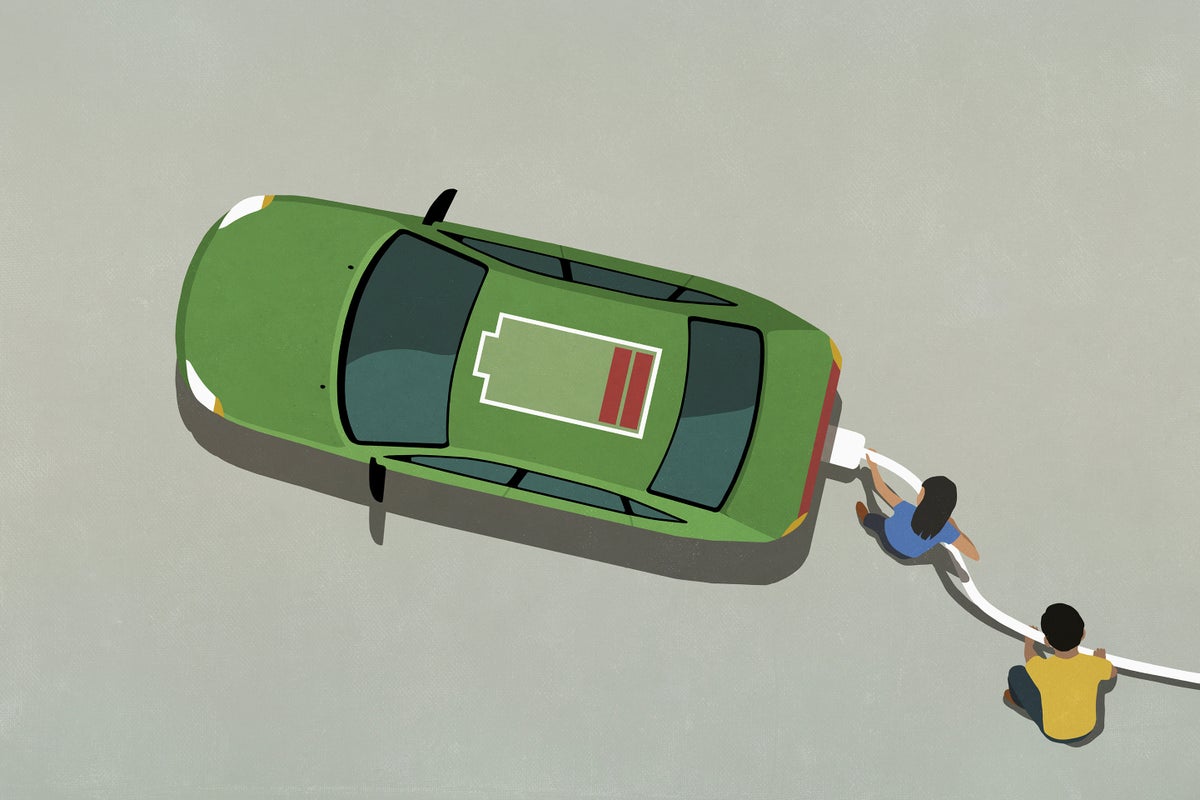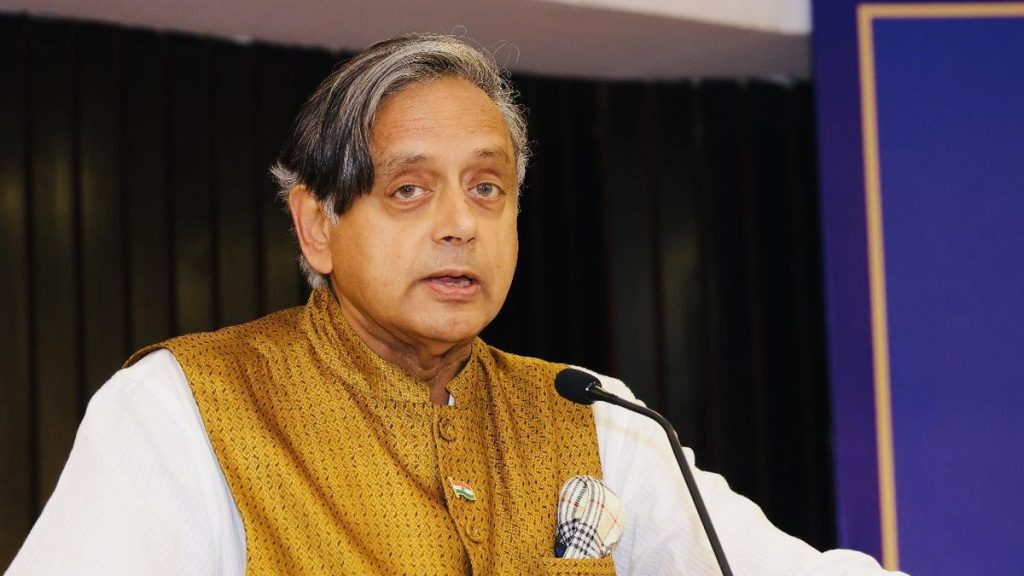Now Reading: AI-Powered Breakthrough Revives Dead Lithium-Ion Batteries
-
01
AI-Powered Breakthrough Revives Dead Lithium-Ion Batteries
AI-Powered Breakthrough Revives Dead Lithium-Ion Batteries

Quick Summary
- Innovation: Researchers in China have developed a chemical injection using lithium trifluoromethanesulfinate (LiSO₂CF₃) that can restore dead lithium-ion batteries, extending their lifespan significantly.
- Volume Impact: Global disposal of EV batteries is forecast to grow from 900,000 metric tons in 2023 to 20.5 million metric tons by 2040. China handles over 2.8 million metric tons annually due to being teh EV adoption leader.
- Methodology: AI identified the molecule for battery rejuvenation; experiments showed up to a 96% restoration of capacity after nearly 12,000 cycles for lithium iron phosphate (LFP) cells and also worked on nickel-manganese-cobalt (NMC) cells.
- Commercialization Plans: Fudan University is collaborating with Zhejiang Yongtai New Material on scaling up the process and envisions “battery-boosting stations” for EV owners.
- Challenges Identified: The researchers need to apply this method to entire battery packs rather than individual cells while ensuring compatibility across chemistries and testing safety thoroughly.
Indian Opinion Analysis
This breakthrough holds promising implications for India, where EV adoption is being prioritized amid ambitious green energy goals and urban pollution concerns. Lithium-ion waste management has been an emerging challenge globally, but especially relevant as India’s automotive industry transitions-projected disposable battery volumes make lasting recycling crucial.Adapting this technology may mitigate supply chain pressures associated with mining new lithium materials while reducing environmental harm prompted by improper disposal methods like shredding into “black mass.” Though, practical integration into India’s diverse types of batteries will need engineering innovation tailored locally.
If successful commercialization occurs globally,affordable access could prove critical in alleviating cost burdens among Indian consumers as EVs continue becoming mainstream-given that the battery constitutes approximately 40% of vehicle costs. Overall systemic readiness might determine its feasibility here once clear roadmaps emerge worldwide.

























